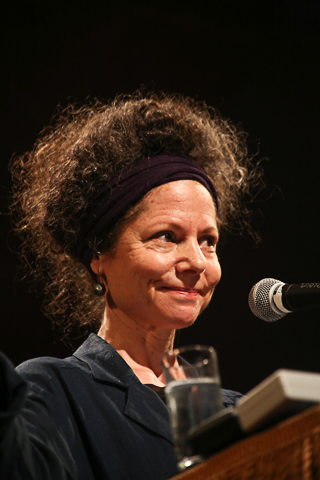In 2022, Brian and Angie Roeder bought a five-acre farm near Brian's childhood home in Monterey County, California. Monterey County grows most of the USA's lettuce, the world's artichokes, and substantial amounts of our broccoli, spinach, cauliflower and strawberries. The Roeders' forever home has fruit trees, barns for pet pigs, a greenhouse and a solar PV system.
While out on their back deck on January 16, 2025, the couple saw towering, 250-foot flames emerge from Moss Landing: Vistra Corporation's battery energy-storage system (BESS), the world's largest BESS facility, was on fire. To protect people from inhaling the batteries' toxins (cobalt, nickel, lithium, manganese, PVC, PFAs, etc.), Monterey County officials ordered nearby residents to evacuate. They closed Highway 1, the area's schools and 500 businesses. The Roeders, seven miles from the fire, were not required to evacuate; but out of concern for their young son, they quickly left for San Francisco.
Within a few days , 80% of Vistra's approximately 4.5 million batteries went up in smoke.
On January 17th, the day after the fire started, Monterey County officials lifted their evacuation order. Three days later, the BESS facility fire extinguished itself. Four days after testing around the facility, The Environmental Protection Agency (EPA) announced that it found no detectable threats to public health.
For nearly a month, while debris smouldered, neither state nor county officials notified the medical community about the fire's potential health effects. When residents or their animals got sick, they did not know where to turn.
A HISTORY OF BESS FIRES
Because solar and wind systems generate energy only while the sun shines or the wind blows, users who expect electricity 24/7 rely on backup from the power grid-- or a battery energy-storage system. BESS facilities store electrical energy in relatively inexpensive lithium MNC (manganese, nickel and cobalt) batteries, and release the energy at night, on windless days or during power outages. Proponents claim that BESS systems help reduce our reliance on fossil fuels. While this is a worthy aim, the Moss Landing fire intensifies questions about reducing battery-fire hazards and the ecological impacts of mining battery components.
The Vistra BESS at Moss Landing opened in 2020. By 2023, it reached a 3GWh capacity. (One gigawatt hour can power about one million homes for an hour, depending on households' use of energy-intensive air conditioners, video games, EV chargers, etc.)
When lithium batteries are repeatedly overcharged over time, say beyond 80%, they become unstable. This can lead to "thermal runaway", a chain reaction of multiple fires and/or explosions so hot that nothing can extinguish it. It has to burn itself out. Dousing a thermal runaway with water is ineffective and can cause a chemical reaction.
In 2021, only a few months after opening, and again in 2022, when a sprinkler system malfunctioned, Vistra's Moss Landing BESS overheated and caught fire. These fires were extinguished within a day of outbreak.
The Electric Power Research Institute (EPRI), a nonprofit funded by energy companies and various government offices, began keeping a database of BESS failures and fires in 2018. It shows that the number of new BESS facilities have increased exponentially, causing the rate of fire and other failures to decrease. However, the overall number of fires has increased-- with increasingly devastating impacts. In Jefferson County, NY, a battery energy storage system caught fire three times in 2023. More recently, BESS facilities have caught fire in San Diego, Escondido and Arizona. In May, in a residential area in North Ayrshire, Scotland, a battery-recycling plant exploded.
Vistra will not disclose their batteries' exact numbers or contents-- they call this "proprietary" information. Based on calculations that he's seen from available information, Brian Roeder estimates that during the fire, the facility probably emitted 5,000 tons of metals, dioxins and PFAs (forever chemicals).
(Note: You can view every article as one long page if you sign up as an Advocate Member, or higher).







